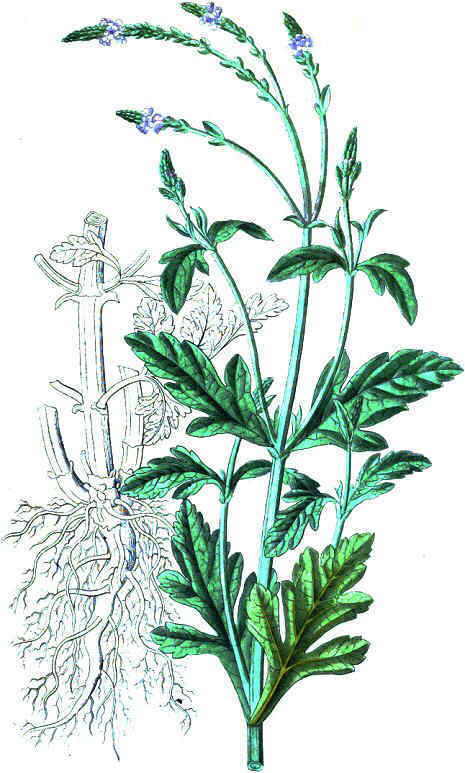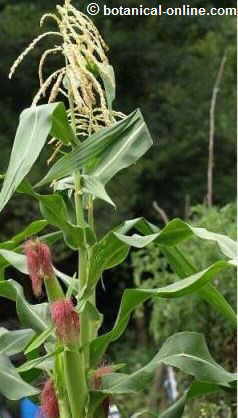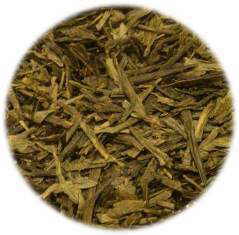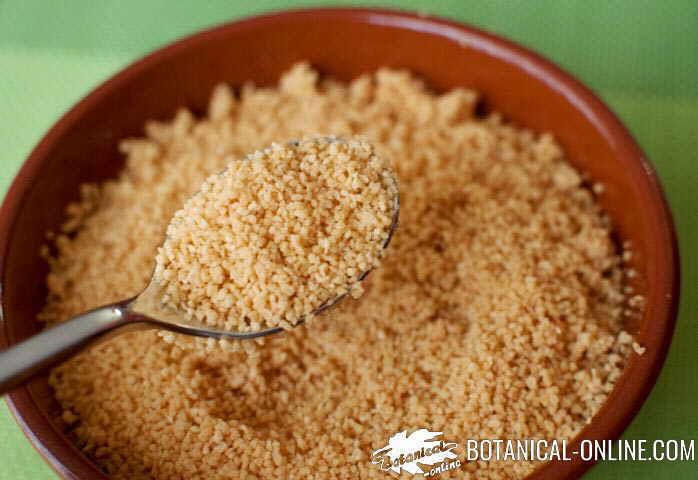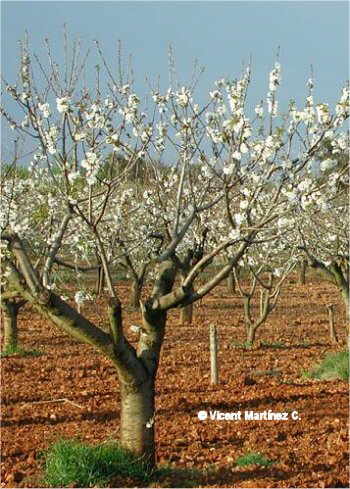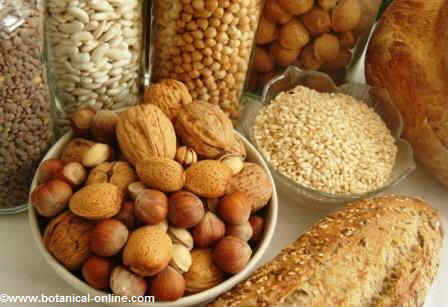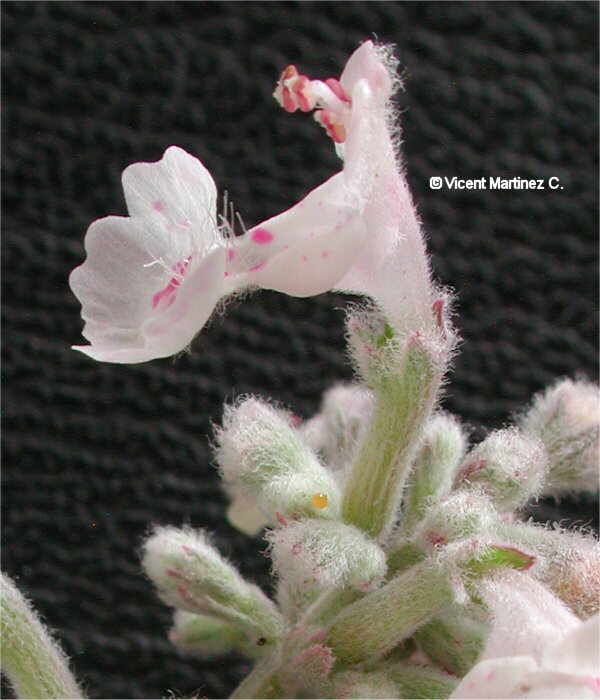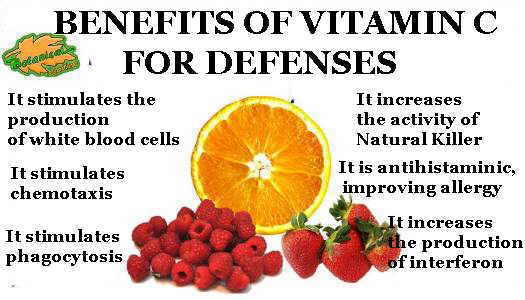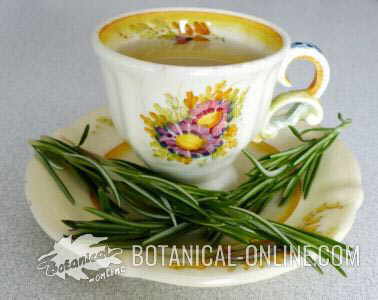Contents
What is vervain (Verbena officinalis)?
Characteristics of vervain plant
Common English name: Herb of the cross, Common Vervain, Verbena, common Verbena, mosquito plant, Simpler’s Joy, wild hyssop, blue vervain
Verbena botanical illustration (Verbena officinalis) |
Etymology: verbena derived from the Celtic word “ferfaen” (= which expels stones) or the Latin word “Herba veneris” (= Venus grass) “.
Scientific name: Verbena officinalis L. ; Verbena vulgaris Bubani; Verbena tenuispicata Stap, Verbena rumelica Velen.
Family: Verbenaceae
Habitat: On roadsides and highways, uncultivated land or grasslands between 0-1500 meters. Abundant throughout Europe, Asia, and Africa in soils with some moisture. Naturalized in America.
Description of verbena
Verbena is a perennial plant of the Verbenaceae family, up to 75 cm.
Stems erect, very distant internodes, with four well marked angles. Opposite, open branches, each pair forming a V with the lower vertex attached to the stem.
Leaves opposite, lower ones romboid, very divided with lobes that almost reach the midrib, lobes divided, toothed. Upper leaves very small and few, sessile, with fewer divisions.
Very small pink-lilac flowers in inflorescences in the form of spikes, about 8 to 12 cm in length. Each flower from 4 to 5 mm in length, with the corolla almost twice as long as the calyx, bilabiate, with five flat lobes; short tube. Both the cup and the corolla villous. Each flower with 4 fruits (nucule), reddish-brown with well-marked ribs.
Verbena components
- Acids: caffeic acid (leaves), ursolic acid (plant)
- Artemitin (plant)
- Carbohydrates: fiber (mucilage), sugars: stachyose (notably the root and stem)
- Alkaloids: contains a bitter principle (adenosine)
- Iridiod glycosides: aucubin, verbenalol, verbenin, verbenone and hastatoside (plant),verbenalin (whole plant, but the flowers in larger quantities).
- Tannins (plant)
- Enzymes: emulsin, invertin (flowers)
- Phytosterols: alpha-sitosterol (plant)
- Essential oils: citral, terpinene, lupeol, verbenone (plant)
- Vitamins: vitamin A as beta carotene, vitamin C and vitamin B (leaves)
![]() More information on vervain medicinal properties.
More information on vervain medicinal properties.

